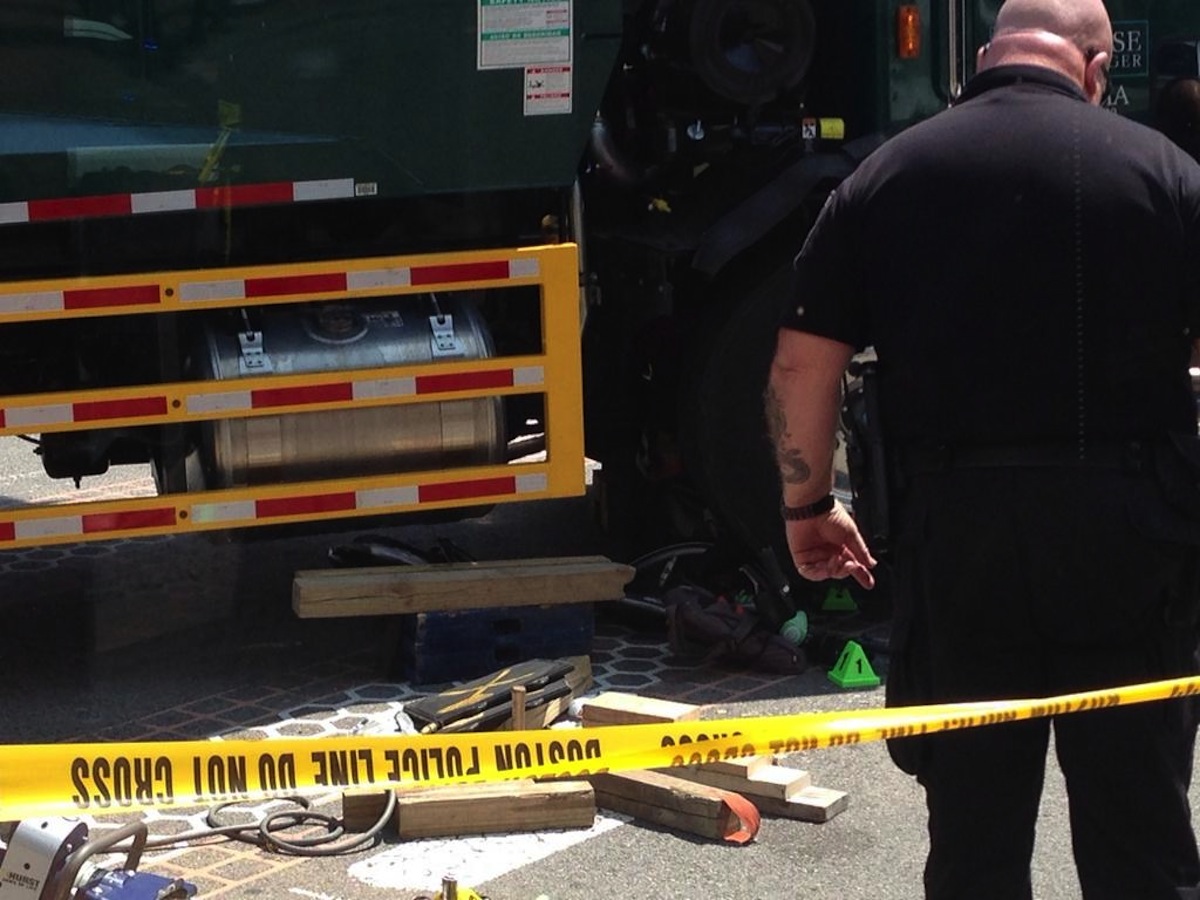City-Contracted Vehicles Will Soon Be Equipped With Side Guards
The City Council unanimously passed legislation Wednesday—the first of its kind in the country—that will help keep cyclists safe when traveling on the busy streets of Boston alongside vehicles with limited visibility.
Called the “Truck Side Guard Ordinance,” operators of all large, city-contracted vehicles will be required to install protective barriers on their trucks in order to prevent fatalities and reduce the risks of a collision, according to city officials.
“Truck side guards are a low-cost feature that can be installed on trucks and that have the potential to save a life,” said Mayor Marty Walsh, who filed the proposal with City Councilor Ayanna Pressley earlier this year.
Members of the Boston Cyclists Union, a non-profit organization that advocates for safer streets, also worked on compiling information to help move the ordinance forward.
“I am thrilled to have partnered with Mayor Walsh and the Boston Cyclists Union to make Boston the first city in the nation to require side guards and other safety features on city contracted vehicles. These measures will make our roadways safer for pedestrians and cyclists,” said Pressley in a statement. “This ordinance will save lives.”
According to the details of the proposal, any vehicles that weigh over 10,000 pounds that’s awarded a contract to do work in the city must install side guards, convex mirrors, cross-over mirrors, and blind-spot awareness decals.
It will be up to the Inspectional Services Department to issue permits for the vehicles, which will be good for a total of two years if they are in compliance with the law. Businesses that fail to meet the city’s standards will face fines of up to $100 and risk losing their contract.
The passage of the ordinance comes just months after a Hubway cyclist traveling down Massachusetts Avenue in the South End was hit by a city-contracted trash truck as it went to make a right hand turn onto Columbus Avenue. The cyclist survived the accident, and it may have been due to just one detail: the side guards that were installed on the vehicle as part of a pilot program launched by the Office of New Urban Mechanics in 2013. For that project, officials worked with the Public Works Department to install three different types of side guards on 16 city vehicles.
According to city data, in the last four years 11 cyclists were killed while riding in Boston, after they made contact with vehicles. Seven of those fatalities were the result of a cyclist colliding with a larger vehicle, such as a bus or truck.
Following the pilot program’s success, as well as the passage of the ordinance, Pressley said she is now calling on private companies operating large trucks through Boston to follow suit.
Cambridge officials recently took a cue from Boston’s efforts and proposed a similar ordinance last month.



